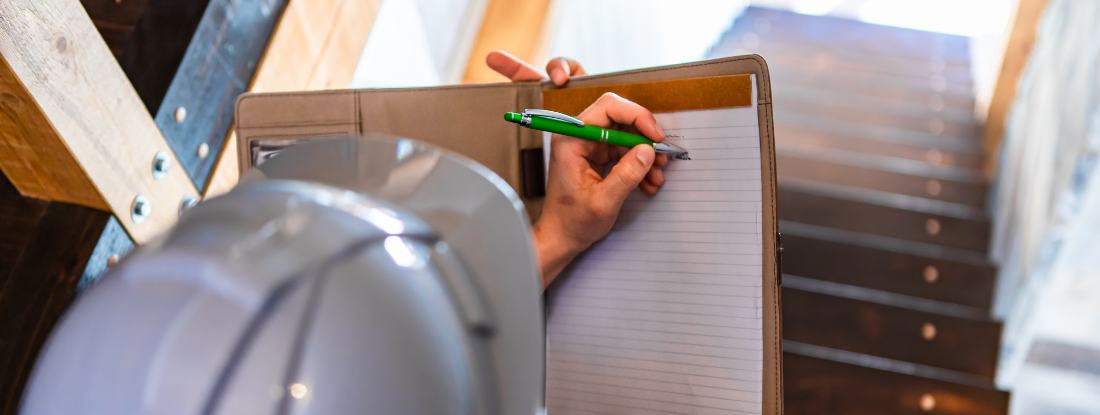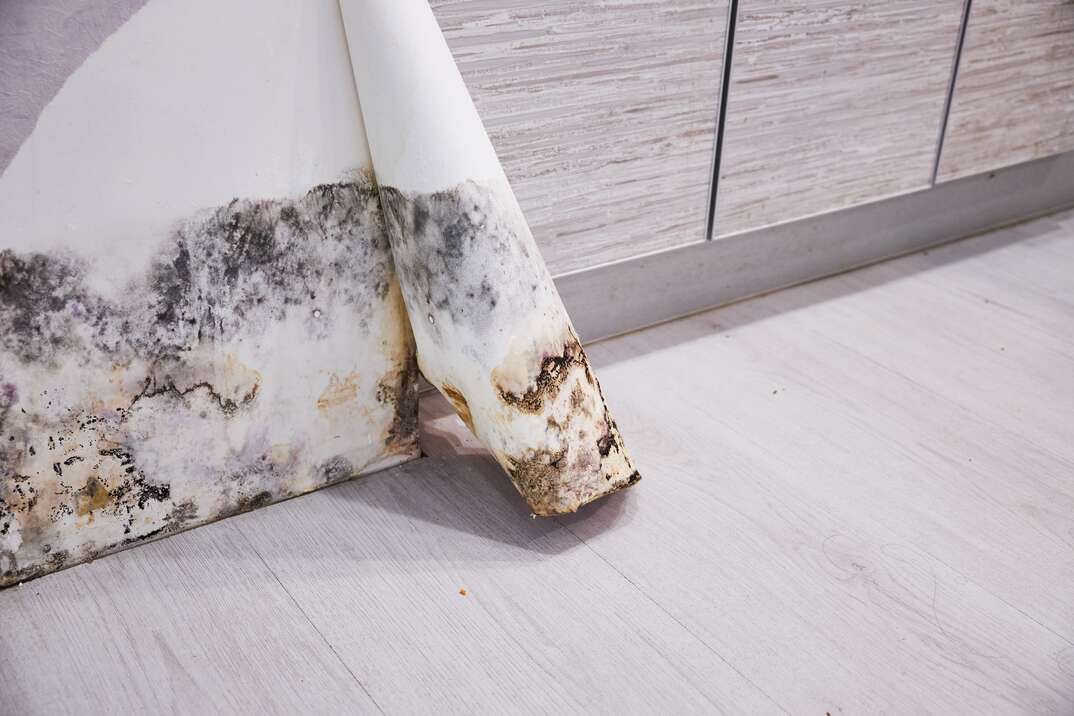Your Ultimate Guide to Post Mold And Mildew Removal Methods
Navigating the world of post-mold removal methods is a precise process that requires interest to detail and a thorough understanding of the intricacies included. In the consequences of mold problem, understanding how to efficiently eradicate the mold and mildew and avoid its reoccurrence is paramount for keeping a healthy indoor setting. From selecting the appropriate cleansing and disinfecting approaches to executing strategies for lasting mold avoidance, each step in the removal journey plays a critical function in ensuring an effective outcome. As we begin on this exploration of post-mold remediation strategies, we will reveal the essential approaches and best techniques that can help you recover your space to its pre-mold condition and guard it against future mold and mildew dangers.
Understanding Post-Mold Remediation Process
After completing the mold and mildew remediation procedure, it is vital to understand the post-mold removal techniques that are essential to make sure a efficient and thorough clean-up. Once the mold and mildew has actually been eliminated, the next action involves cleaning and sanitizing the affected areas to protect against any type of regrowth of mold and mildew.
Moreover, performing a last examination post-remediation is essential to ensure that all mold and mildew has actually been efficiently gotten rid of. If the examination discloses any type of remaining mold, additional removal might be required.
Effective Cleansing and Decontaminating Techniques

Protecting Against Future Mold Development

Relevance of Correct Ventilation
Correct air flow plays a vital role in stopping moisture build-up, an essential variable in mold development within indoor settings. Efficient air flow systems help get rid of excess humidity from the air, minimizing the chances of mold and mildew spores locating the wetness they require to spread out and germinate. Without appropriate ventilation, indoor rooms can become a reproduction ground for mold and mildew, resulting in possible health dangers and architectural damage.
By guaranteeing correct air circulation, ventilation systems can additionally aid in drying out moist areas faster after water damages or flooding cases, even more deterring mold growth. After mold remediation. In spaces like bathrooms, cooking areas, basements, and attics where wetness degrees have a tendency to be greater, setting up and preserving efficient air flow systems is critical in preventing mold infestations

Surveillance and Upkeep Tips
Given the crucial role that proper ventilation plays in avoiding mold growth, it is vital to establish effective monitoring and maintenance tips to ensure the continued capability of air pop over here flow systems. Surveillance moisture levels within the home is likewise vital, as high humidity can contribute to mold and mildew development. By staying attentive and aggressive to the problem of ventilation systems, home owners can effectively minimize the threat of mold regrowth and maintain a healthy and balanced interior environment.
Verdict
In verdict, post-mold remediation techniques are essential for making certain a tidy and safe environment. Recognizing the process, implementing efficient cleaning and disinfecting techniques, preventing future mold and mildew growth, keeping appropriate ventilation, and routine monitoring are all critical action in the removal process. By adhering to these guidelines, helpful hints you can efficiently get rid of mold and mildew and avoid its return, working or advertising a healthy and balanced living area for all owners.
In the after-effects of mold and mildew invasion, recognizing how to properly eliminate the mold and mildew and prevent its reoccurrence is vital for keeping a healthy interior setting. Once the mold and mildew has actually been removed, the next action involves cleaning and sanitizing the influenced areas to stop any kind of regrowth of mold - Post Remediation verification. After eliminating noticeable mold and mildew growth, it is essential to clean up all surface areas in the damaged area to remove any type of remaining mold spores. To additionally boost mold and mildew avoidance measures, it is vital to resolve underlying concerns that originally led to mold and mildew development.Given the crucial function that appropriate ventilation plays in stopping mold and mildew growth, it is necessary to develop reliable surveillance and upkeep pointers to ensure the continued functionality of air flow systems